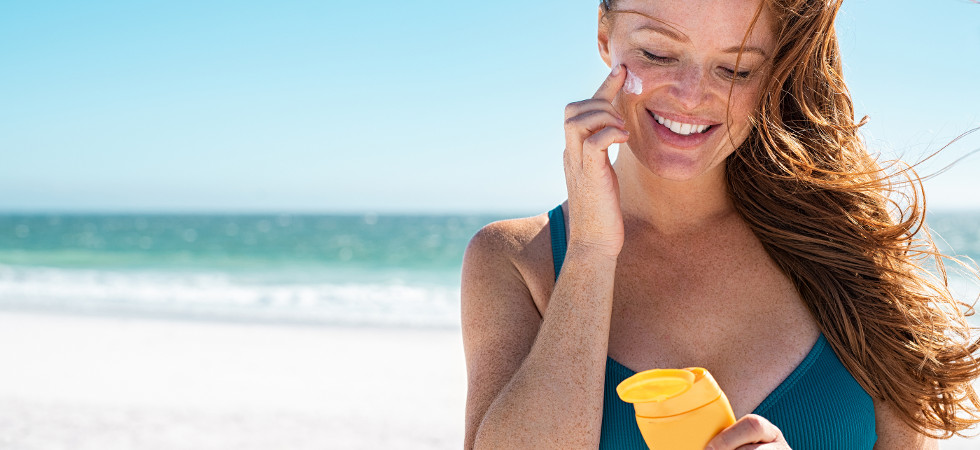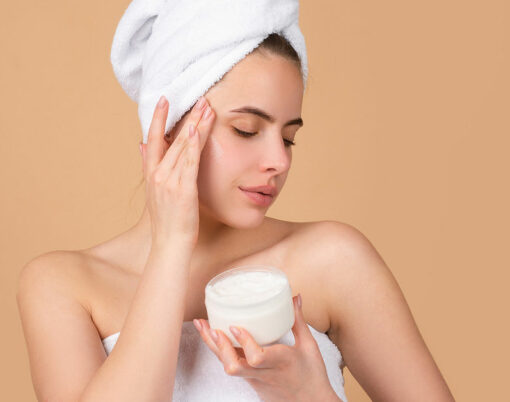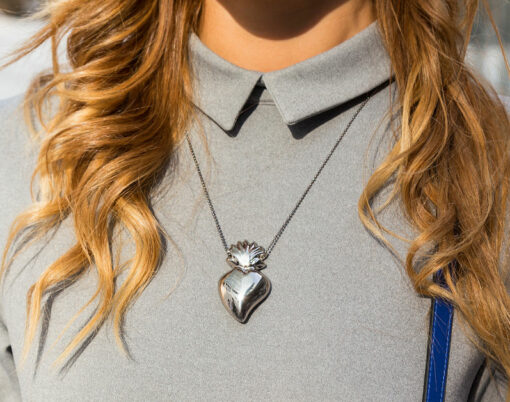Applying sunscreen is essential in skincare and skin protection, and it’s important you’re not only applying it, but using the correct one for your skin – especially if you’re spending a lot of time outdoors, exposed to the sun’s rays.
The FaceBible, based near Heathrow Airport, offers a range of cosmetic and skin care treatments, with an emphasis of ethics and safety. Today they’re sharing 5 tips for choosing sunscreen tailored for the best protection of your skin.
1. Offers a ‘broad spectrum’ protection
Choose a sunscreen with a ‘broad spectrum’ protection – all sunscreens protect against UVB rays, but sunscreens which have this broad spectrum label will protect against both UVA and UVB rays. UVB rays are the main cause of sunburn and skin cancer, but UVA rays contribute to skin cancer and premature ageing. Therefore it’s important to be protected against BOTH.
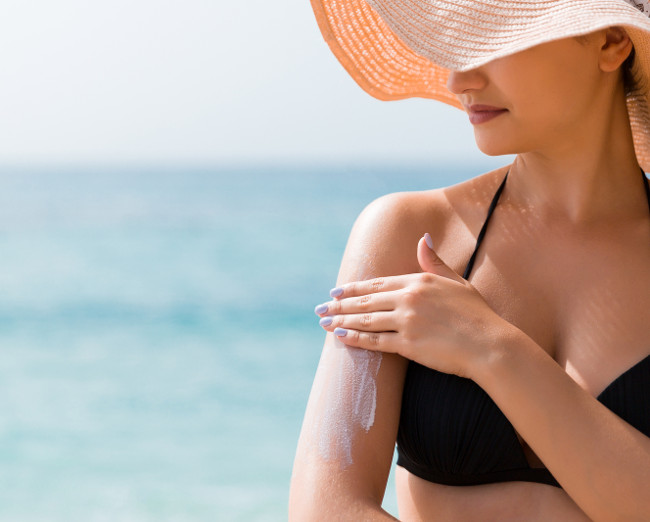
2. Protects against ‘infrared rays’
A good sunscreen like the ones listed at online pharmacy UK Meds will also protect against ‘infrared rays’ – IRA penetrate the skin more deeply than UVA and UVB rays, as they can pass through the skin’s deeper layers. Infrared rays make the skin feel warm, and generate free radicals which cause the breakdown of collagen and speed up the process of skin ageing. Sunscreens which protect against IRA are therefore the best defence against sunburn, skin ageing and skin cancer.
3. Has a sun protection factor 30 or higher
Make sure it has a sun protection factor 30 or higher – the SPF number is the level of protection the sunscreen provides against UVB rays (it’s important to note that no sunscreen protects you completely). Higher SPF numbers mean higher protection, but the higher you go, the smaller the difference. SPF 15 filter about 93%, SPF 30 filter around 97%, SPF 50 filter around 98% and SPF 100 around 99%.
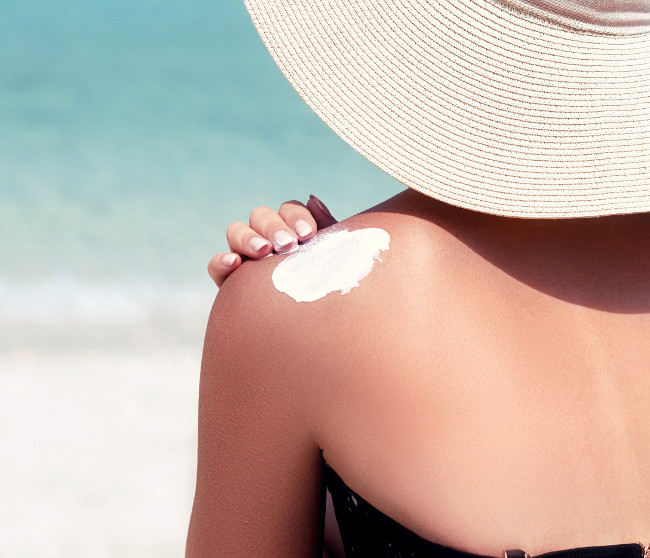
4. Water resistant
“Water resistant” does not mean “waterproof” – no sunscreen is waterproof or sweatproof, but some are more water resistant than others. If a sunscreen is marketed as water resistant, the packaging must specify whether it lasts 40 minutes or 80 minutes during swimming or sweating. For best results, reapply every 2 hours, or more often if you are swimming or sweating.
5. Consider your skin type
Always consider your skin type – many sunscreens are tailored for dry, oily or sensitive skin. People with dry skin should look for glycerin, lanolin, oils and silicone based ingredients, and avoid sprays or gels which contain alcohol. Oily skin types should look for lightweight or gel options, with silica or isododecane ingredients. Those with sensitive skin should seek hypoallergenic and fragrance-free sunscreens, along with mineral options containing titanium dioxide or zinc oxide.












